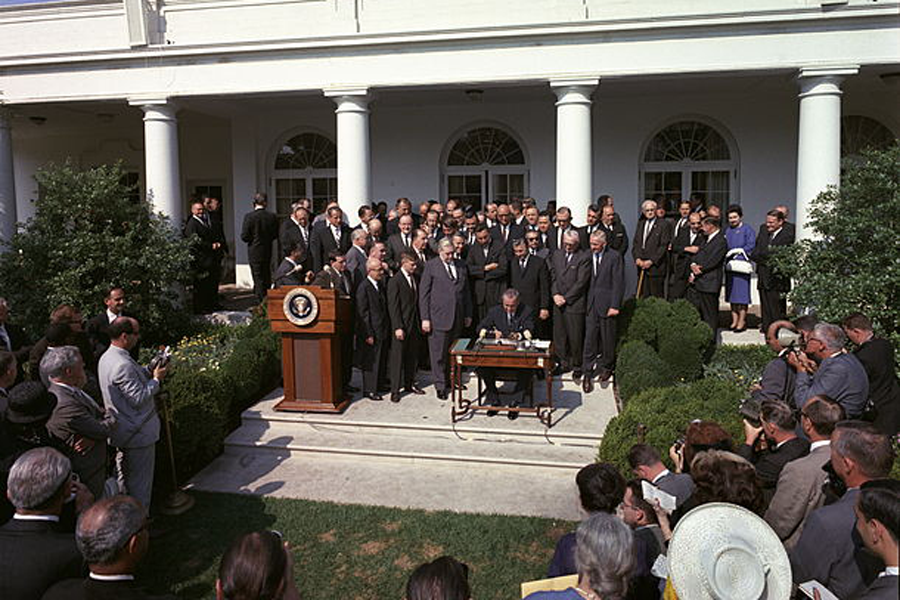The official US poverty rate tracked by the US Census Bureau was 15 percent in 2012 (most recent available), compared with 19 percent of the population in 1964 when President Johnson delivered his “war” remarks in a State of the Union message.
The poverty rate would be lower still today, economists say, if not for the deep recession that ended in 2009 and from which the US economy is still recovering.
“All told, the nation has made substantial progress against poverty and poverty-related conditions over the last half-century,” says Sharon Parrott of the liberal Center on Budget and Policy Priorities in Washington, in a new report.
Still, a rise in the overall population means that the number of Americans who were poor in 2012 – at more than 46 million – was higher than the 36 million in poverty back when LBJ spoke.






